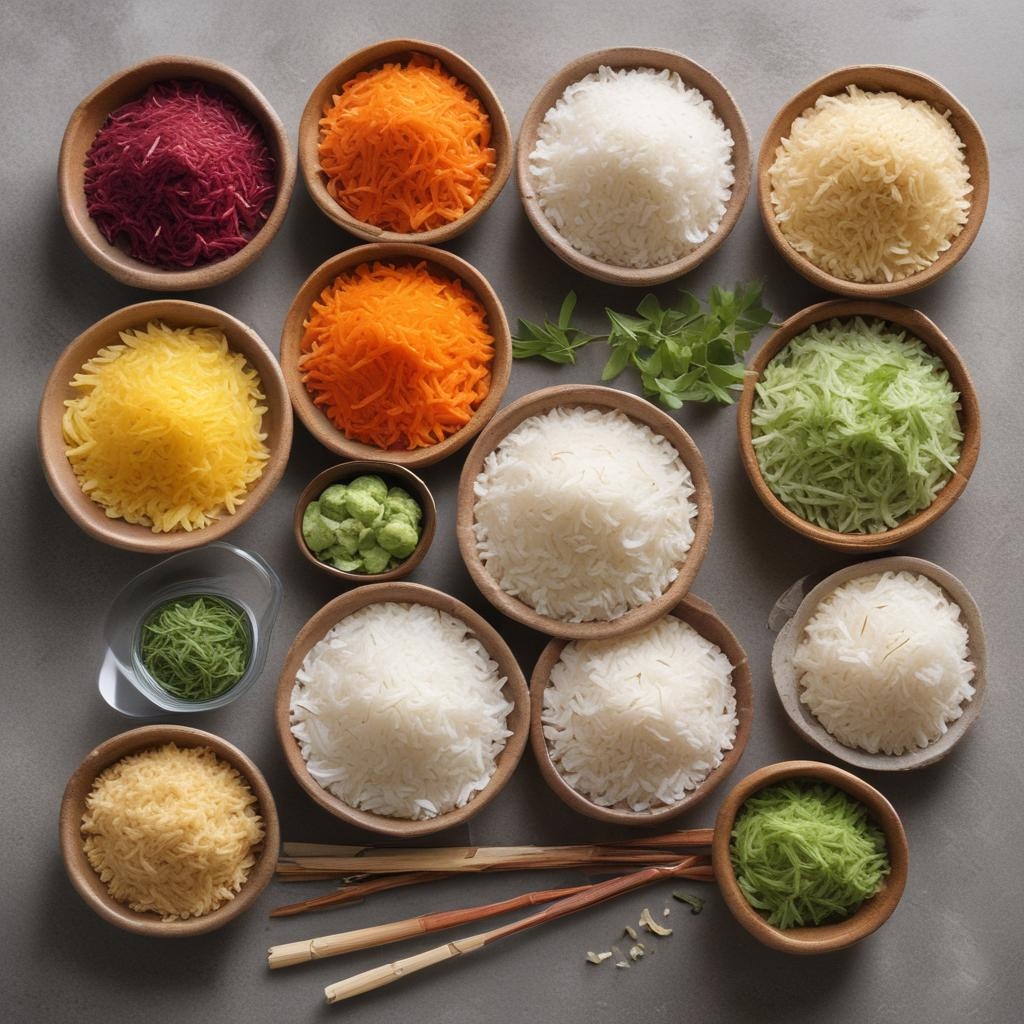Introduction to Pairing Basmati Rice with Flavors
Basmati rice, known for its nutty flavor and aromatic scent, is a staple in many cuisines, particularly in Indian and Middle Eastern dishes. The long, slender grains of basmati rice have a unique ability to absorb flavors, making it an excellent base for a variety of culinary experiments. This rice's versatility means it can be effortlessly paired with a myriad of ingredients to create dishes that are both flavorful and aromatic. This guide will explore the art of pairing basmati rice with different flavors, enhancing both everyday meals and special dishes.

Understanding Basmati Rice
Before diving into flavor pairings, it’s essential to understand the characteristics that make basmati rice unique. Basmati rice is distinct for its high amylose content, which helps the grains remain separate and fluffy when cooked. It possesses a natural fragrance, often likened to that of pandan or popcorn. This feature makes it an excellent candidate for flavorful pairing as it enhances the sensory experience of meals.
Basmati Rice Preparation Basics
To maximize flavor absorption, proper preparation of basmati rice is crucial. Here’s a basic method to prepare flawless basmati rice:
- Rinse the rice under cold water until the water runs clear to remove excess starch, which encourages each grain to remain distinct when cooked.
- Soak the rice for at least 30 minutes before cooking. This step is crucial as it helps the grains absorb water and cook evenly.
- Use a ratio of one part rice to two parts water for cooking. Bring the water to a boil, then add the rice, reduce heat to a simmer and cover the pot. Cook until the water is absorbed and the rice is tender.
- Fluff the rice with a fork after cooking to separate the grains gently, ensuring a perfect texture for flavor absorption.
Flavor Pairings for Basmati Rice
The real art of pairing basmati rice with different flavors begins once the rice is perfectly cooked. Below we explore several ways to enhance basmati rice using a variety of ingredients and techniques:
1. Herbs and Spices
- Adding herbs and spices is the simplest way to enhance the intrinsic flavors of basmati rice. Consider tempering spices like cumin, mustard seeds, or cardamom in ghee or oil before adding the rice to the pot.
- Fresh herbs can also elevate the dish; for example, stir in chopped cilantro or parsley after the rice is cooked to introduce a fresh, bright flavor.
- A pinch of saffron soaked in warm water can be added to the cooking rice for an aromatic, golden hue and subtle flavor.
2. Vegetables and Nuts
- Sauté onions, garlic, and a mix of vegetables like peas, carrots, and bell peppers with the rice to add both texture and flavor.
- Toasted nuts such as almonds, cashews, or pine nuts make a wonderful garnish that provides a crunchy contrast to the fluffy grains.
3. Proteins
- Pairing rice with proteins can turn it into a hearty meal. Incorporate cooked chickpeas, grilled chicken, or shrimp into the rice for a satisfying dish.
- Marinate the protein in spices before cooking to complement the flavors absorbed by the rice.
4. International Flavors
- Adapt the flavor profiles of your basmati rice by incorporating ingredients associated with different cuisines. Use coconut milk as the cooking liquid and mix in lemongrass and ginger for a Thai-inspired version.
- For a Middle Eastern touch, mix in dried fruits like raisins or apricots along with spices such as cinnamon and allspice.
5. Seasonal Variations
- Utilize seasonal ingredients to keep your rice dishes exciting all year round. In the summer, mix with fresh tomatoes and basil; in the autumn, experiment with roasted squash and sage.
Conclusion: Experimentation Is Key
The art of pairing basmati rice with different flavors is all about balance and creativity. While this guide offers basic frameworks and ideas, the most flavorful pairings often come from personal experimentation. Consider the unique flavors you enjoy and think about how they could complement the nutty, aromatic qualities of basmati rice. Whether you're preparing a simple weekday dinner or a special feast, basmati rice can be an excellent canvas for culinary creativity.


.jpg)
.jpg)


.jpg)




.png)





0 Comments